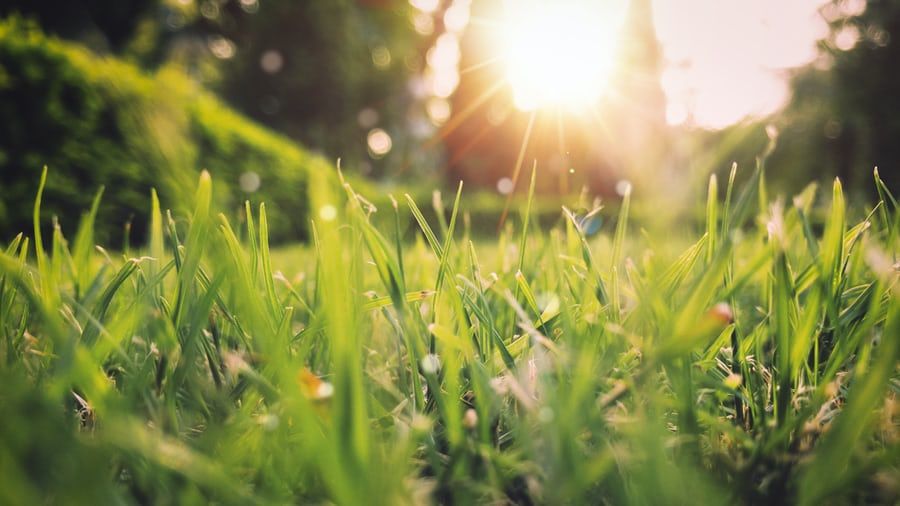Tree Pollen May Help to Carry, Spread SARS-CoV-2 Particles
Recommendations based on local pollen levels may help manage infection risk.

A recent study conducted by investigators from the American Institute of Physics demonstrates that tree pollen is able to facilitate the spread of different RNA virus molecules, including the SARS-CoV-2 virus which causes COVID-19.
Results from the study were published in the journal Physics of Fluids.
"To our knowledge, this is the first time we show through modeling and simulation how airborne pollen micrograins are transported in a light breeze, contributing to airborne virus transmission in crowds outdoors," Dimitris Drikakis, a co-author on the study said.
After recognizing a correlation between pollen concentrations and infection rates of COVID-19 from the National Allergy Map, the investigators wanted to better understand the relationship between them.
For the study, the team of investigators created a computer model which analyzed fluid dynamics that mimicked the movement of pollen from a willow tree. The model simulated outdoor gatherings that included between 10 and 100 people, of which some were shedding COVID-19 particles.
They then subjected the people in the model to 10,000 grains of pollen.
Findings from the study showed that the pollen grains contributed to the spread of the airborne virus, especially in the crowded environment.
The investigators then modeled the temperature, windspeed and humidity of a typical spring day and found that the pollen passed through the crowd in less than 1 minute, which can significantly impact the viral load carried and can increase the risk of infection.
The authors noted that the typical 6-foot social distancing requirement may not be enough for those more at-risk for contracting the disease in crowed areas with higher concentrations of pollen.
“Assuming that a coronavirus particle can adhere to a pollen pellet's surface, we showed how airborne pollen pellets transported by a light wind can penetrate and disperse into a crowd of individuals, even when the social distance of 2 m is maintained,” the authors wrote. “We showed that if only some persons in this crowd are infected, then the pollen grains dynamics can increase the airborne virus transmission rate.”
